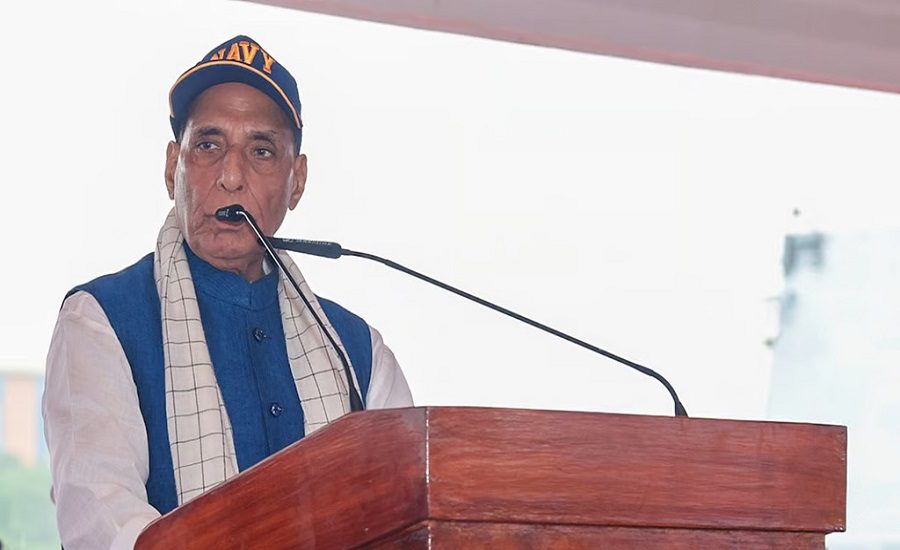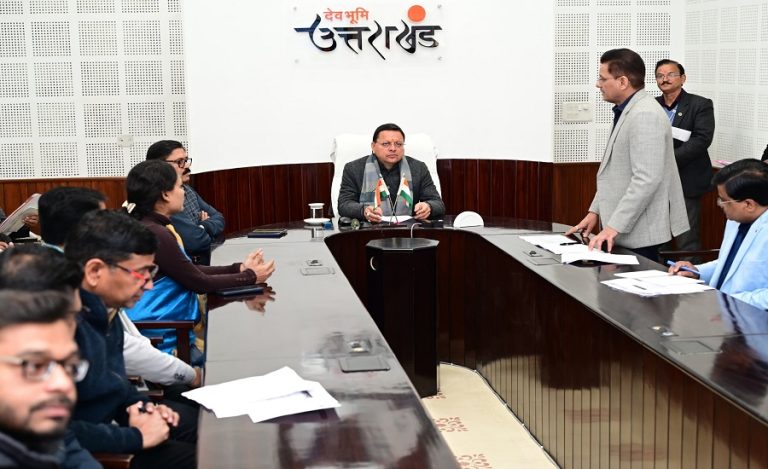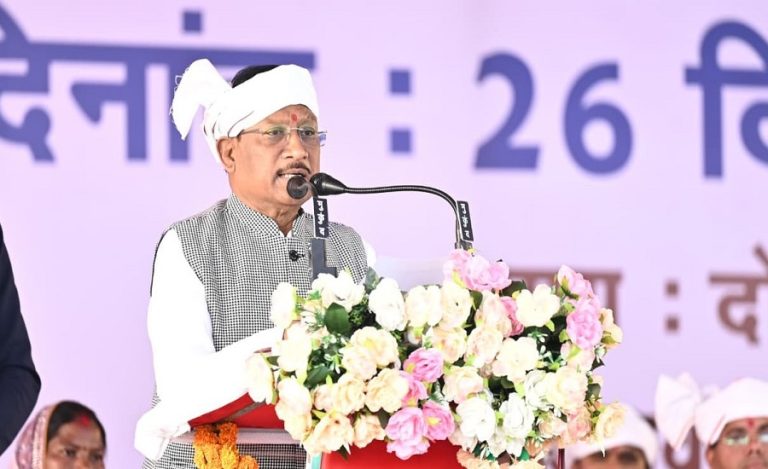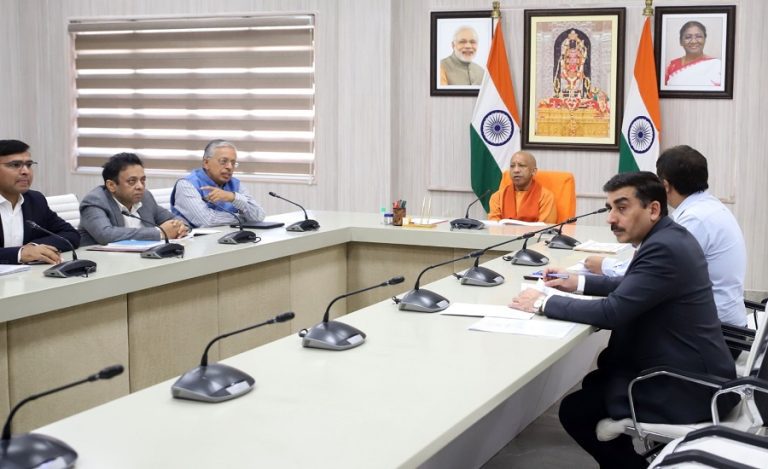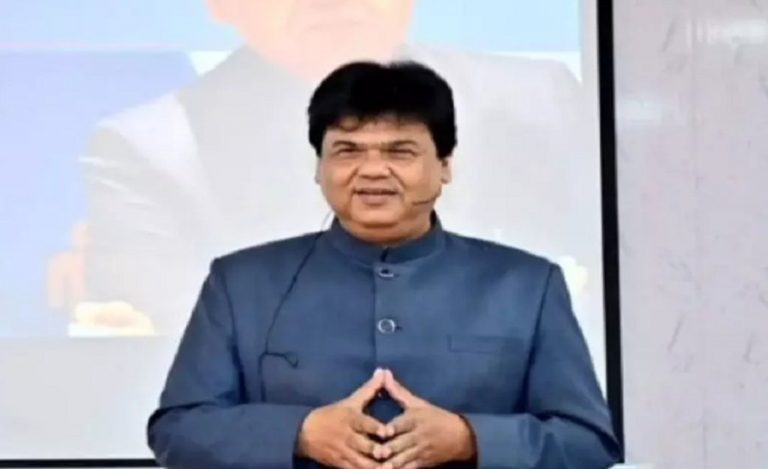On 27 October 2025, at the SIDM annual session themed “Defence Self-Reliance: Strengthening National Security through Indigenous Industry”, Defence Minister Rajnath Singh made several key announcements and emphasised India’s evolving defence manufacturing landscape.
Major Words of Rajnath Singh at SIDM meet
Mr. Singh said the effective use of Made-in-India equipment by the Armed Forces during Operation Sindoor boosted India’s regional and global reputation.
He urged domestic industry, especially the private sector, to accelerate innovation, R&D, manufacturing of individual subsystems and dominance in supply and maintenance chains.
The Minister revealed that defence production, which was approximately ₹46,000 crore in 2014, has grown to ₹1.51 lakh crore, of which ₹33,000 crore comes from the private sector.
Exports, which were under ₹1,000 crore ten years ago, have now touched roughly ₹24,000 crore and are expected to reach ₹30,000 crore by March 2026.
He emphasised that India must not just assemble defence hardware but establish real manufacturing – “our soil, our shield”.
This announcement comes at a time when global conflicts and supply-chain disruptions are forcing countries to prioritise self-reliance in defence. Singh noted that in the present unstable world order, indigenisation is the only way to meet emerging challenges.
Key Highlights of SIDM meet
Indigenous equipment proven in operation: The Minister cited platforms like the Akash missile system, BrahMos and the AkashTeer Air Defence Control System as examples of successful Indian-designed hardware used in Operation Sindoor.
Read Also: India’s Next Big Defence Leap: Russia-Backed BrahMos-II Missile Deal Set for Launch Approval Soon
This underscores a shift from import-dependence toward indigenous capability—a major boon for strategic autonomy.
Supply-chain and subsystem focus: Singh stressed that simply assembling platforms in India is no longer sufficient. He called for manufacturing of individual subsystems, dominance over maintenance and spare parts chains.
This is significant because import dependence on spares/overhaul weakens long-term sustainability of defence platforms.
Defence production & export milestones: From ~₹46,000 crore in 2014 to ₹1.51 lakh crore today—but he noted the private sector still contributes only ~25% of production and must rise to ≥50% in the next 3 years.
Exports have soared from less than ₹1,000 crore to ~₹24,000 crore and target ~₹30,000 crore by March 2026.
These are strong signals for global players and Indian MSMEs alike.
Strategic message for industry & nation: Mr. Singh called for “Made in India, Made for the World”. He emphasised innovation, R&D, large-scale end-to-end technological products. He noted global conflicts show “anything can happen at our borders, anywhere, at any time”.
Hence the message: build capability, be self-reliant, position India as defence-manufacturing hub.
What It Means for India’s Defence Ecosystem
Boost for Indian industry & MSMEs: Greater emphasis on subsystems and components opens wide opportunities for smaller firms.
Exports to watch: Target of ₹30,000 crore by 2026 means India positioning as defence exporter, not just importer.
Strategic autonomy strengthened: Indigenous manufacturing reduces reliance on foreign suppliers, vital in times of global supply-chain instability.
Maintenance economy matters: Producing components and overseeing maintenance will save costs and develop local expertise.
Global credibility improved: Effective use of indigenous systems in operational roles (Operation Sindoor) enhances trust in Indian defence manufacturing.
Key Takeaways & Next Steps for Industry
- Private-sector share needs to double – From ~25% to 50% in the next 3 years.
- Focus on sub-systems, not just complete platforms – Manufacturing engines, sensors, radars, spares.
- Innovation/R&D must translate into large-scale products, not just prototypes.
- Export-oriented production – Quality, certification, global standards will matter.
- Maintenance, repair & overhaul (MRO) chains to be developed locally to reduce lifecycle costs and dependency.
The government will continue to create a level-playing field via policy (e.g., the recently launched Defence Procurement Manual 2025 & revision of Defence Acquisition Procedure 2020).

